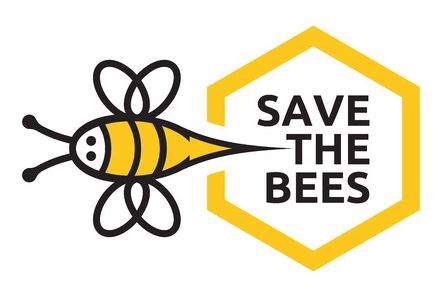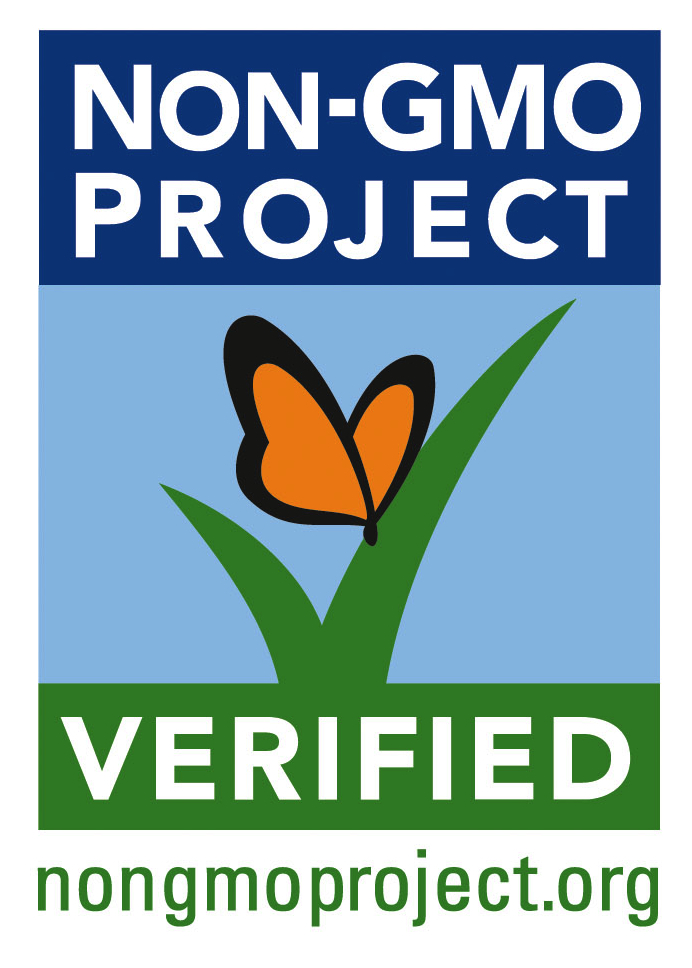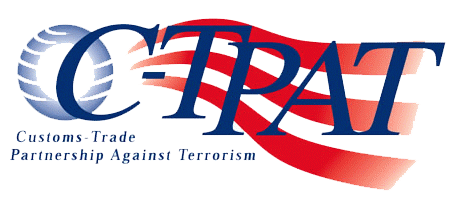Bees are easy to take for granted. Like clean water and fresh air, it is easy to just assume that the bees will always be there when they are needed. Unfortunately, many bee populations are now in serious trouble and a new project that maps bee populations has revealed some of the startling declines in these insect populations.
 Pollinators like bees play an essential role in food production. With up to one-third of global food crops depending on pollinators, the impact of declining bee populations is truly frightening. We need bees if we are to maintain healthy crop production, of course, but in a larger view, to continue life as we know it on this planet.
Pollinators like bees play an essential role in food production. With up to one-third of global food crops depending on pollinators, the impact of declining bee populations is truly frightening. We need bees if we are to maintain healthy crop production, of course, but in a larger view, to continue life as we know it on this planet.
A research project recently conducted by researchers from four universities, and originally published in 2015, identified and mapped the locations where bee populations are healthy or in decline. According to reporting from The Christian Science Monitor, most interestingly, many of the areas with the steepest decline in wild bee populations are regions that are traditionally the most agriculturally significant zones. The Great Plains, the Pacific Northwest and California are experiencing some of the most significant declines in wild bee populations.
There may be several reasons for the decline in wild bee populations. Among the suspected threats to bees are global warming, increasing loss of natural habitat to development, monocrop agricultural practices – planting of just a single crop across a wide area – and the use of pesticides. While each of these factors likely plays a role, it is more plausible that the combination of these issues is responsible for the loss of wild bees.
Fortunately, there are things that each of us can do to improve the health of bees and other pollinator species. The U.S. Forest Service offers several suggestions, including maintaining native plant gardens with plants that bloom throughout the growing season, avoiding hybrid flowers, and resisting the use pesticides whenever possible. Having a more diverse crop rotation can also help, giving bees more options and variation in their pollination. Dedicating space for different plant yields and rotating crops can help provide more of a sustainable environment for bees season after season.
While we rely on their role as pollinators for much of our food, bees also produce a healthy and delicious food on their own – honey. At Honey Solutions, we procure high-quality honey from a network of producers, and then prepare it for distribution to food processors throughout the country. We strive to retain the natural pollen, as well, providing an authentication factor that helps our customers know their honey is real and naturally sourced. Contact us today by calling 281-576-1700 to learn how we can help with your honey supply needs.








Recent Comments